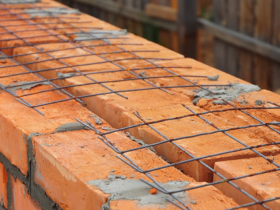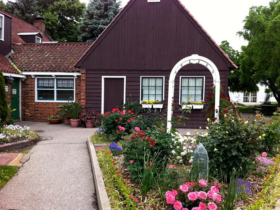The Dutch architectural style has had a significant influence on modern architecture. Its features and principles inspire architects around the world and influence the creation of new buildings and urban spaces.
Innovative approaches to using space
The Dutch architectural style is known for its innovative approaches to the use of space. Dutch architects are often faced with limited space and build buildings that make the most of the available space. This includes creating smart layouts, multi-level designs and using multi-functional spaces.
Sustainable construction
Holland is known for its innovative approaches to sustainable construction. Dutch architects actively apply the principles of energy efficiency, the use of renewable energy sources and sustainable materials. This is influencing modern architecture as more building projects strive to be environmentally friendly and energy efficient.
Use of traditional elements
The Dutch architectural style also influences modern architecture through the use of traditional elements. Many modern buildings include details such as gabled roofs, lattice windows, and carved details that reflect the Dutch style. This creates a unique and attractive appearance for the building.
Integration with the environment
The Dutch architectural style also influences modern architecture through the integration of buildings with their surroundings. Dutch architects strive to create buildings that harmoniously fit into the surrounding buildings and take into account the natural landscapes. This includes using natural materials, creating open spaces and taking climate conditions into account.
Overall, the Dutch architectural style has a significant influence on modern architecture, inspiring architects with its innovative approaches to the use of space, sustainable construction, the use of traditional elements and integration with the environment.






